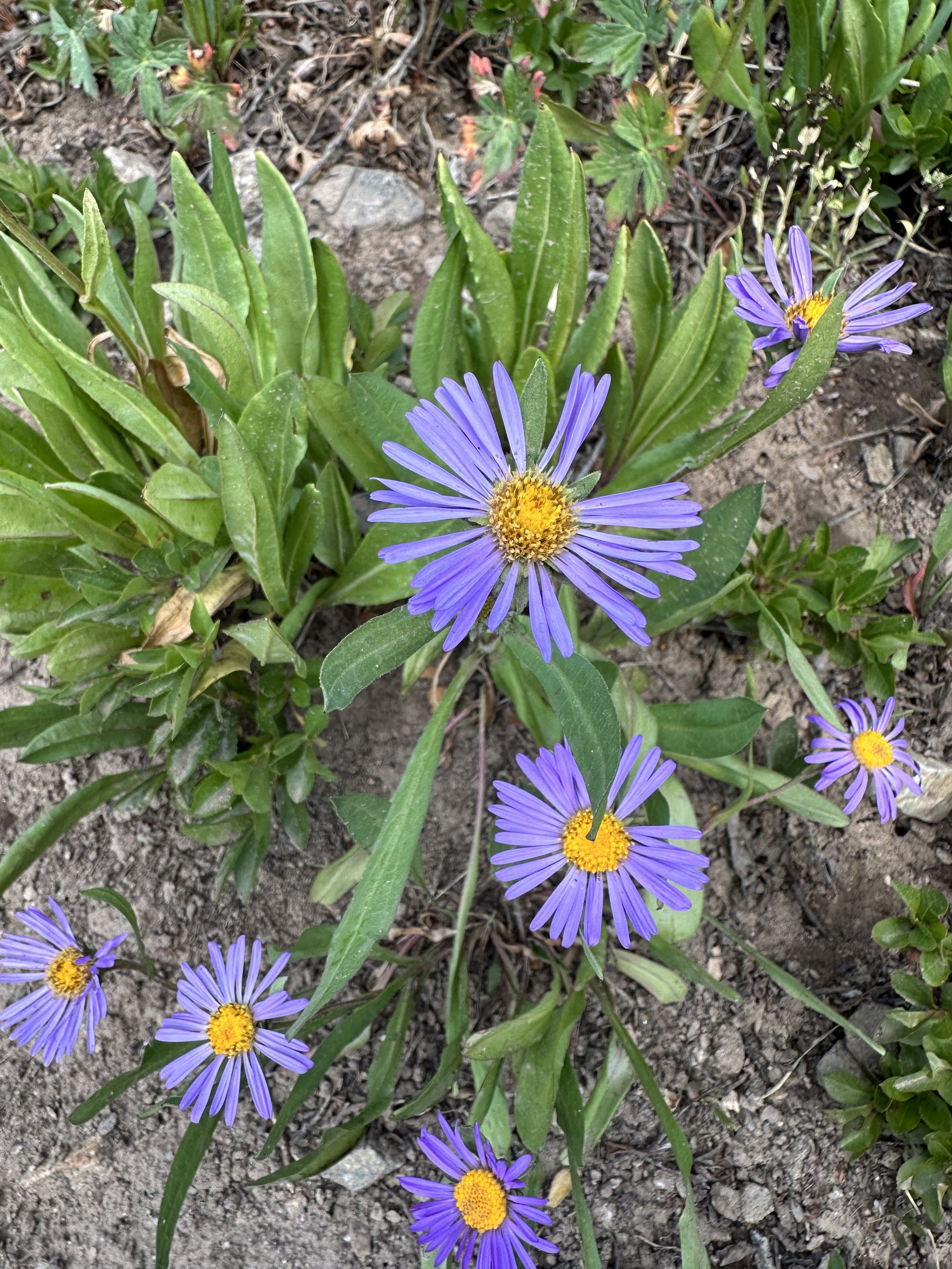Ranunculus pygmaeus, August 4, 2023
Mountain Boy, 11,800’, August 10, 2023
Common & scientific name
Pygmy buttercup, Ranunculus pygmaeus
Family
Buttercup, Ranunculaceae
Location
Above Ruby, 12,600’
Fun, weird, helpful, or little known fact
Standing less than two inches tall, usually tucked up against a wet rock or cliff area for protection, this tiny buttercup is always a treat to find! Its palmate, wider-than-tall leaves, with a single middle lobe and double side lobes, are diagnostic, as is its small size.
Mountain Boy, 11,800’, August 10, 2023






































